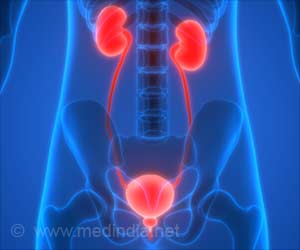Scientists have discovered the pivotal function of saturated fatty acids in memory consolidation within the brain, revealing molecular mechanisms and genes crucial for memory.

The DDHD2-STXBP1 interaction mediates long-term memory via the generation of saturated free fatty acids
Go to source). Their discovery of molecular mechanisms and genetic markers offers promising avenues for developing treatments aimed at addressing neurodegenerative disorders.
‘Uncovering the importance of saturated fatty acids in memory consolidation, researchers identified key molecular pathways and genes associated with memory formation, offering hope for neurodegenerative disorder treatments.
#memory #saturatedfattyacid #memoryconsolidation #neurodegenerativedisorder
’





“We’ve shown previously that levels of saturated fatty acids increase in the brain during neuronal communication, but we didn’t know what was causing these changes,” Dr Akefe said. “Now for the first time, we’ve identified alterations in the brain’s fatty acid landscape when the neurons encode a memory.
“An enzyme called Phospholipase A1 (PLA1) interacts with another protein at the synapse called STXBP1 to form saturated fatty acids.”
The brain is the body’s fattiest organ, with fatty compounds called lipids making up 60% of its weight. Fatty acids are the building blocks of a class of lipids called phospholipids.
Saturated Fatty Acids and Brain Health
The work done in Professor Frederic Meunier’s laboratory has shown that STXBP1 controls the targeting of the PLA1 enzyme, coordinating the release of fatty acids and directing communication at the synapses in the brain.“Human mutations in the PLA1 and the STXBP1 genes reduce free fatty acid levels and promote neurological disorders,” Professor Meunier said.
Advertisement
“We tracked the onset and progression of neurological and cognitive decline throughout their lives.
Advertisement
“This indicates that this PLA1 enzyme, and the fatty acids it releases, play a key role in memory acquisition.”
The research has important implications for understanding how memories are formed.
“Our findings indicate that manipulating this memory acquisition pathway has exciting potential as a treatment for neurodegenerative diseases, such as Alzheimer’s,” Professor Meunier said.
Reference:
- The DDHD2-STXBP1 interaction mediates long-term memory via the generation of saturated free fatty acids - (https://www.embopress.org/doi/full/10.1038/s44318-024-00030-7)
Source-Eurekalert















